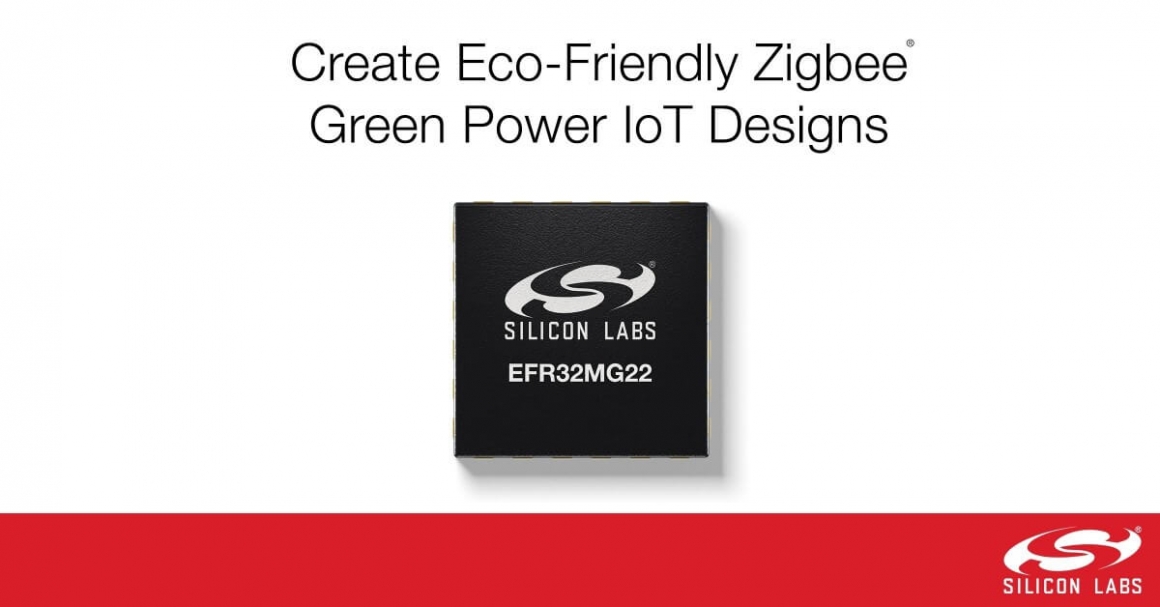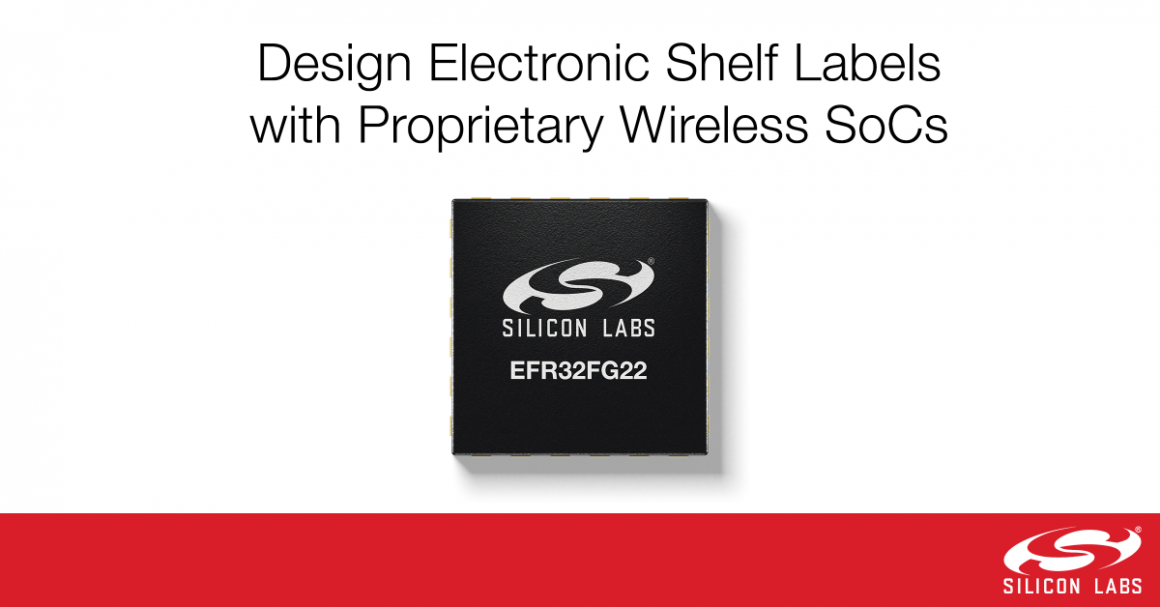EFR32BG22 藍牙低功耗 SoC
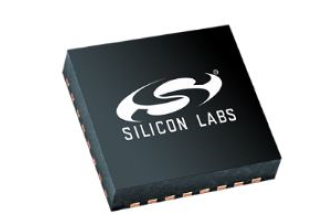
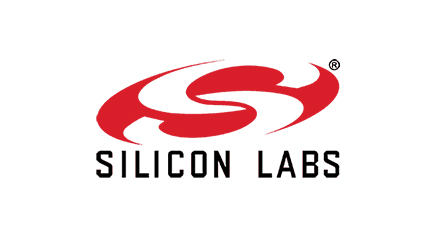
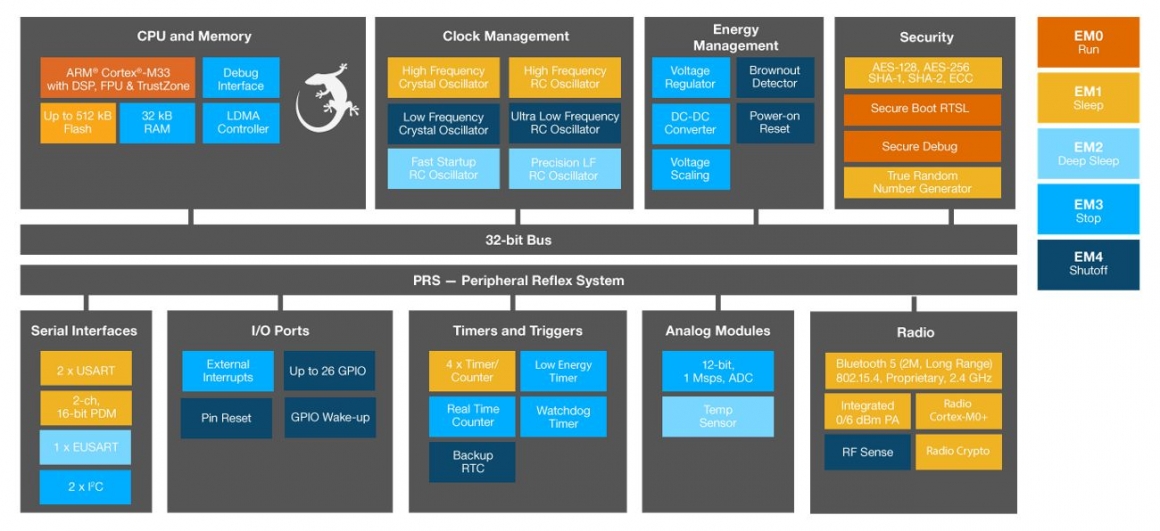
EFR32BG22 Series 2 Bluetooth® Wireless SoC
EFR32BG22 (BG22) 的藍牙 5.2 低功耗 (LE) 無線 SoC 解決方案是無線 Gecko 系列 2 平台的一部分。BG22 系列擁有同類最優的超低傳輸和接收功率(4.1 mA TX @ 0 dBm、3.6 mA RX)和高性能、低功耗 Arm® Cortex®-M33 核心(27 µA/MHz 活躍、1.2 µA 睡眠)的組合提供業界領先的能源效率,可使鈕扣電池壽命延長多達10年。目標應用包括藍牙Mesh低功耗節點、智慧門鎖、個人醫療保健和健身設備。資產追蹤標籤、信標(beacons) 和室內導航也將受益於SoC的多用途藍牙到達角 (AOA) 和離開角 (AOD) 功能以及亞米級定位精確度。
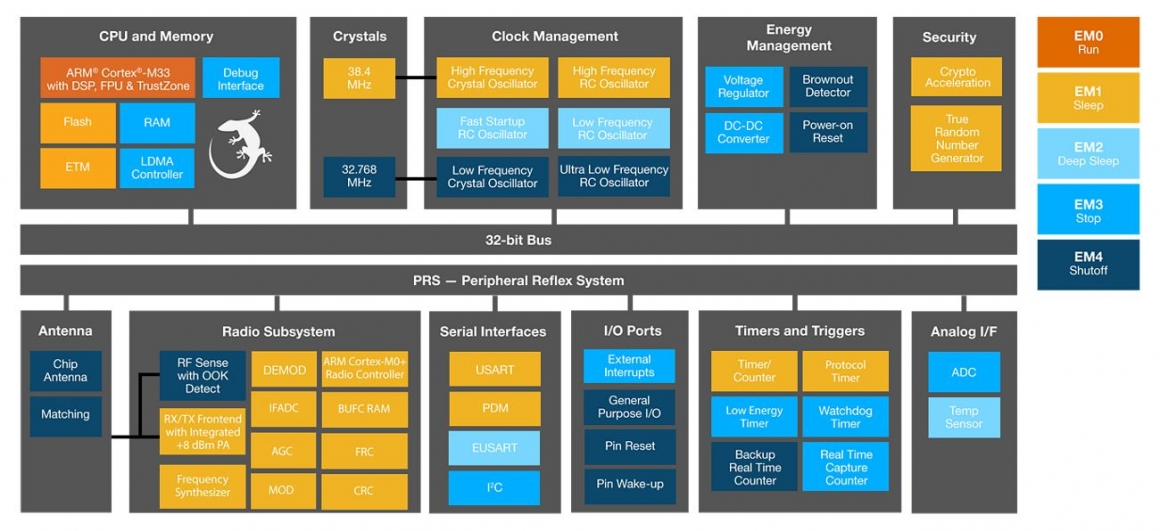
EFR32BG22 Series 2 Modules--BGM220
BGM220 藍牙® 模組的設計和建構旨在滿足運用電池供電的 IoT 產品的性能、安全性以及可靠性。BGM220 基於 EFR32BG22 SoC,完全可升级、具有強大的軟體工具和協定堆疊、經全球法規認證、進階開發和除錯工具支持,是一套可幫助加快上市時間的完整解决方案。BGM220 提供多種封裝形式(PCB 或超緊湊型 SiP),是各種藍牙 LE 應用(包括資產標籤、信標、攜帶式醫療、健身和藍牙Mesh低功耗節點)的理想之選。
產品特色

自動化
EFR32BG22C224 SoC 提供 IQ 採樣以及對 125 kB 和 500 kB 藍牙 LE 實體層編碼,這有助於將 RX 靈敏度提高到 -106.7 dBm。SoC 將操作溫度提高到 +125 ºC ,並將快閃記憶體擴展至 512 kB,以支持需要測向功能或低功耗網狀節點的應用。
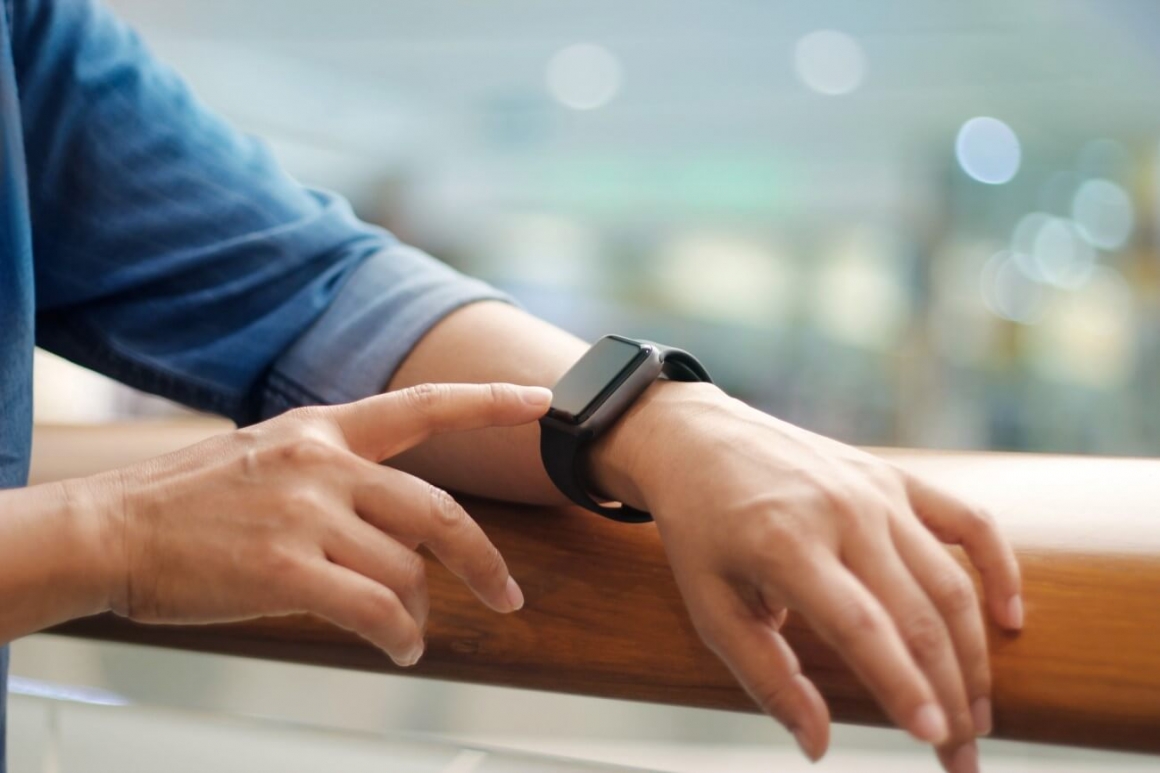
連接
EFR32BG22C222 SoC 針對需要更高運算能力(帶 76.8 MHz M33 核心)、更多 I/O(多達 26 GPIO)和更高 TX 功率(+6 dBm)的應用。

定位
EFR32BG22C112 SoC 針對大容量的成本敏感型應用(如資產追蹤標籤),移除外部睡眠晶體。這些 SoC 提供對 1 Mbps 和 2 Mbps 藍牙 實體層編碼,並附帶 38.4 MHz Arm® Cortex®-M33 核心、18 GPIO 和 352 KB 快閃記憶體,具有 0 dBm 傳輸 (TX) 的無線電特性以及界業領先的 -99 DBm 接收 (RX) (1M PHY) 靈敏度。
BG22 保護您的藍牙產品
物聯網安全是保護公司品牌、產品的終端用户隱私和商業可行性的關鍵。人們可能透過遠程互聯網和物理實際方式來攻擊漏洞。
使用 Silicon Labs 無線產品组合(包括 EFR32BG22 產品组合中的產品)的開發人員可以存取旨在保護其產品的多種技術,包括具有信任根的安全啟動、安全加載器和安全除錯。

藍牙研討會: BG22 項目系列
加入Silicon Labs在每個月的第三個星期二 (英文),第四個星期二 (中文)的藍牙研討會,每場演說中將探討並解決開發人員在構建新的藍牙設計時經常面臨的挑戰,這些解決方案將會使用Silicon Labs 超低功耗和安全的 EFR32BG22 藍牙 5.2 Soc 進行演說展示。
.
立即註冊
更多無線連接技術講座
透過 BG22 進行藍牙測向
了解Silicon Labs 針對範圍廣泛的室內定位、導航以及資產和人員追蹤應用的全新定位解決方案。該解決方案將 Quuppa Intelligent Location System™ 與藍牙 LE 資產標籤組合,採用了 Silicon Labs 同類最優異的藍牙 SoC 設備,包括全新的 EFR32BG22 SoC。

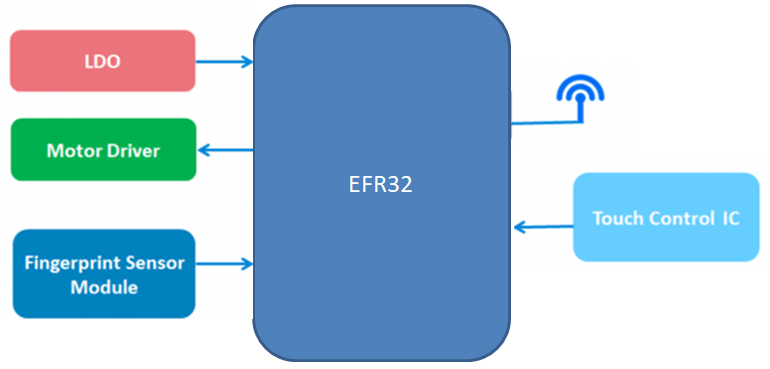
隨著 AI 與 5G 的興起帶動了智慧家庭的發展, 其智慧門鎖的需求也受到家用需求而大幅提升, 多樣化的智慧門鎖技術,包括指紋辨識、生物辨識、聲音辨識、以及靜脈辨識等,為人們提供更多的選擇與更高的安防標準。根据市調機構 Strategy Analytics 研究指出,在 2023 年智慧門鎖市場出貨預估為 2,600 萬個,成長將達到 2019 年的兩倍之多。除了家庭外,未來將會有更多企業、學校、醫院、飯店,和公家機關將會引進智慧門鎖,來滿足使用者追求智慧和便利的生活模式。
針對目前 IoT 市場上炙手可熱的應用 - 智慧門鎖,Silicon Labs 提供的多樣化的無線協定產品,包括 Zigbee、Z-Wave和藍牙等,給予設計人員豐富、靈活且具彈性升級的技術選項,亦有助於讓智慧門鎖結合更多元的創意應用。
深入了解
- High Performance 32-bit 76.8 MHz ARM Cortex®-M33 with DSP instruction and floating-point unit for efficient signal processing
- Up to 512 kB flash program memory
- Up to 32 kB RAM data memory
- 2.4 GHz radio operation
Radio Performance
- -106.7 dBm sensitivity @ 125 kbps GFSK
- -98.9 dBm sensitivity @ 1 Mbit/s GFSK
- -96.2 dBm sensitivity @ 2 Mbit/s GFSK
- TX power up to 6 dBm
- 2.5 mA radio receive current
- 3.4 mA radio transmit current @ 0 dBm output power
- 7.5 mA radio transmit current @ 6 dBm output power
Low System Energy Consumption
- 3.6 mA RX current (1 Mbps GFSK)
- 4.1 mA TX current @ 0 dBm output power
- 8.2 mA TX current @ 6 dBm output power
- 27 μA/MHz in Active Mode (EM0) at 76.8 MHz
- 1.40 μA EM2 DeepSleep current (32 kB RAM retention and RTC running from LFXO)
- 1.75 μA EM2 DeepSleep current (32 kB RAM retention and RTC running from a precision LFRCO)
- 0.17 μA EM4 current
- 12-bit 1 Msps SAR Analog to Digital Converter (ADC)
- Up to 26 General Purpose I/O pins with output state retention and asynchronous interrupts
- 8 Channel DMA Controller
- 12 Channel Peripheral Reflex System (PRS)
- 4 × 16-bit Timer/Counter with 3 Compare/Capture/PWM channels
- 1 × 32-bit Timer/Counter with 3 Compare/Capture/PWM channels
- 32-bit Real Time Counter
- 24-bit Low Energy Timer for waveform generation
- 1 × Watchdog Timer
- 2 × Universal Synchronous/Asynchronous Receiver/Transmitter (UART/SPI/SmartCard (ISO 7816)/IrDA/I2S)
- 1 × Enhanced Universal Asynchronous Receiver/Transmitter (EUART)
- 2 × I2C interface with SMBus support
- Digital microphone interface (PDM)
- Precision Low-Frequency RC Oscillator to replace 32 kHz sleep crystal
- RFSENSE with selective OOK mode
- Die temperature sensor with +/-1.5 °C accuracy after single-point calibration
- (G)FSK with fully configurable shaping
- OQPSK DSSS
- (G)MSK
Protocol Support
- Bluetooth Low Energy (Bluetooth 5.2)
- Direction finding using Angle-of-Arrival (AoA) and Angle-of-Departure (AoD)
- Proprietary
Wide Operation Range
- 1.71 V to 3.8 V single power supply
- -40 °C to 125 °C
Packages
- QFN40 5 mm × 5 mm × 0.85 mm
- QFN32 4 mm × 4 mm × 0.85 mm
- TQFN32 4 mm × 4 mm × 0.30 mm
- Bluetooth Low Energy (Bluetooth 5.2)
- Direction-finding
- Bluetooth mesh Low Power Node
Regulatory Certifications
- FCC
- CE
- IC/ISEDC
- MIC/TELEC
- KCC
Operating Range
- 1.8 V to 3.8 V, single supply
- -40 °C to +105 °C
Dimensions
- 12.9 mm x 15.0 mm x 2.2 mm
- 6 mm × 6 mm × 1.1 mm
- 2.4 GHz radio
- TX power up to +8 dBm
- High-performance 32-bit ARM Cortex-M33® with DSP instruction and floating-point unit for efficient signal processing
- Up to 512 kB flash program memory
- 32 kB RAM data memory
- Embedded Trace Macrocell (ETM) for advanced debugging
Current Consumption
- 4.3 mA RX current at 1 Mbps GFSK
- 4.8 mA TX current at 0 dBm output power
- 26 μA/MHz in Active Mode (EM0)
- 1.40 μA EM2 DeepSleep current (RTCC running from LFXO, Full RAM retention)
- Precision Low-Frequency RC Oscillator to replace 32 kHz sleep crystal
- 16-bit Analog to Digital Converter (ADC)
- 25 General Purpose I/O pins with output state retention and asynchronous interrupts
- 8 Channel DMA Controller
- 12 Channel Peripheral Reflex System (PRS)
- 4 × 16-bit Timer/Counter with 3 Compare/Capture/PWM channels
- 1 × 32-bit Timer/Counter with 3 Compare/Capture/PWM channels
- 32-bit Real Time Counter
- 24-bit Low Energy Timer for waveform generation
- 1 × Watchdog Timer
- 2 × Universal Synchronous/Asynchronous Receiver/Transmitter (UART/SPI/SmartCard (ISO 7816)/IrDA/I2S)
- 1 × Enhanced Universal Asynchronous Receiver/Transmitter (EUART)
- 2 × I2C interface with SMBus support
- Digital microphone interface (PDM)
- RFSENSE with selective OOK mode
BGM220 藍牙模組資源管理器套件
BGM220 資源管理器套件是超低成本的小封裝開發與評估平台,適用於 BGM220P 藍牙模組。 該套件有一個 USB 接口、一個板載 SEGGER J-Link 除錯器、一個用戶 LED 和按鈕,並可通過 mikroBus 插座和 Qwiic 連接器對硬體附加板提供支持。硬體附加支持允許開發人員使用來自 mikroE、sparkfun、AdaFruit 和 Seeed Studios 的現成板進行各種組合,來創建和原型化應用程式。
規格
Small Form Factor Kit
- Aligned with breadboard dimensions
- BGM220PC22HNA
- Secure Bluetooth 5.2 module
- 76.8 MHz, ARM Cortex-M33 with 512 kB of flash and 32 kB RAM
- Bluetooth 5.2 Radio with supported for direction finding and LE coded PHY
- 38.4 MHz HFXO crystal
- 32.768 kHz LFXO crystal
- 2.4 GHz matching network and a chip antenna
On-board Board controller
- J-Link debugger
- SWD physical layer
- Packet trace over UART/async protocol
- Virtual COM with hardware flow control
USB Micro-B connector for debug connection
User interface features
- 1x button (with EM2 wake-up)
- 1x LED
- AEM
- PTI
- VCOM
- SWD
- mikroBus socket
- Qwiic connector
*Silicon Labs Authorized Distributor





